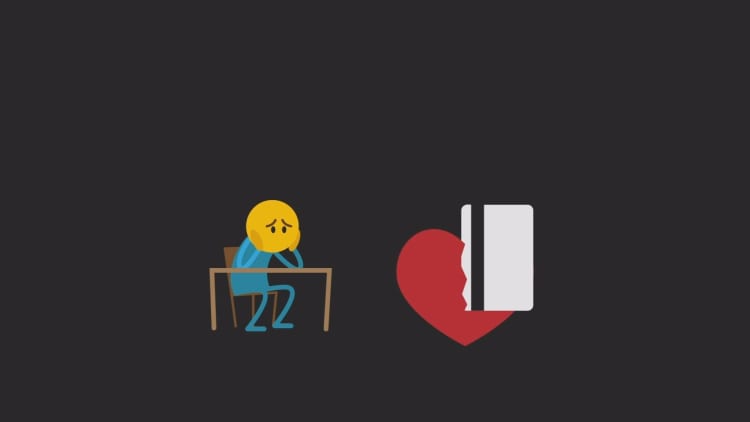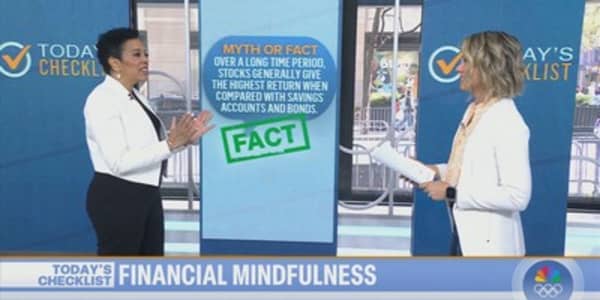Credit card debt continues to weigh heavy on the minds of consumers.
LendEdu.com recently surveyed 1,000 adults about what they would do with $10,000 falling into their lap, tax-free. The top answer across all generations? Pay down debt, with a focus on credit card balances.
"Unless you earn lots of money, it's hard to get ahead of your debt," said Kathryn Hauer, a certified financial planner with Wilson David Investment Advisors in Aiken, South Carolina. "But the more it grows, the greater the damage to your financial health."
Of the 27 percent of survey respondents who said they'd use the free money to pay down debt, about half said it would go toward credit cards. In second place was student loan debt at 12.5 percent.
As it stands, overall household debt was more than $13 trillion at the end of 2017, according to the Federal Reserve. That includes $8.8 trillion in mortgages, $1.4 trillion in student loans, $1.2 trillion in car loans and more than $1 trillion in credit card debt.
The average American has a credit card balance of $6,375, up about 3 percent from a year ago, according to a recent annual study from Experian.
At the same time, that debt is becoming more expensive. The interest that consumers pay on credit card balances has been ticking upward for more than two years as the Federal Reserve has nudged up a key rate that affects consumer debt.
The Fed's last increase of 0.25 percent, made in March, marked the sixth quarter-point rate hike since December 2015. At least two more rate increases are expected this year.

The average interest rate on credit cards now stands at 16.83 percent, Bankrate.com data shows.
"With credit card debt already at high interest rates, every increase hurts," Hauer said.
While credit card debt can sometimes seem insurmountable, there are steps you can take to minimize what it's costing you to carry it. Here are some tips for reducing the amount of interest you pay over time and preventing those balances from creeping back up.
Consider transferring your balance
If your credit score is high enough to qualify for a zero percent balance-transfer offer, consider taking it.
While these deals typically come with a balance-transfer fee, the zero percent interest rate can last anywhere from a few months or a year to a couple of years. At the end of the deal, the remaining balance begins accruing interest at the then-current rate.
Not only do you avoid paying interest on the debt, you can potentially pay it down more quickly because all of your payment will go toward the balance instead of some going toward interest.
Strategize your repayment efforts
If you have multiple credit cards, start by funneling most of your repayments toward the one with the highest interest rate. In other words, pay the minimum on the lower-rate cards and put any extra you possibly can toward the debt that's costing you the most in interest.
Resist temptation
The easiest way to avoid using any one particular credit card and running up a balance again is to destroy it.
You don't necessarily want to close the account, because showing a zero balance on an open account can actually be good for your credit score.






